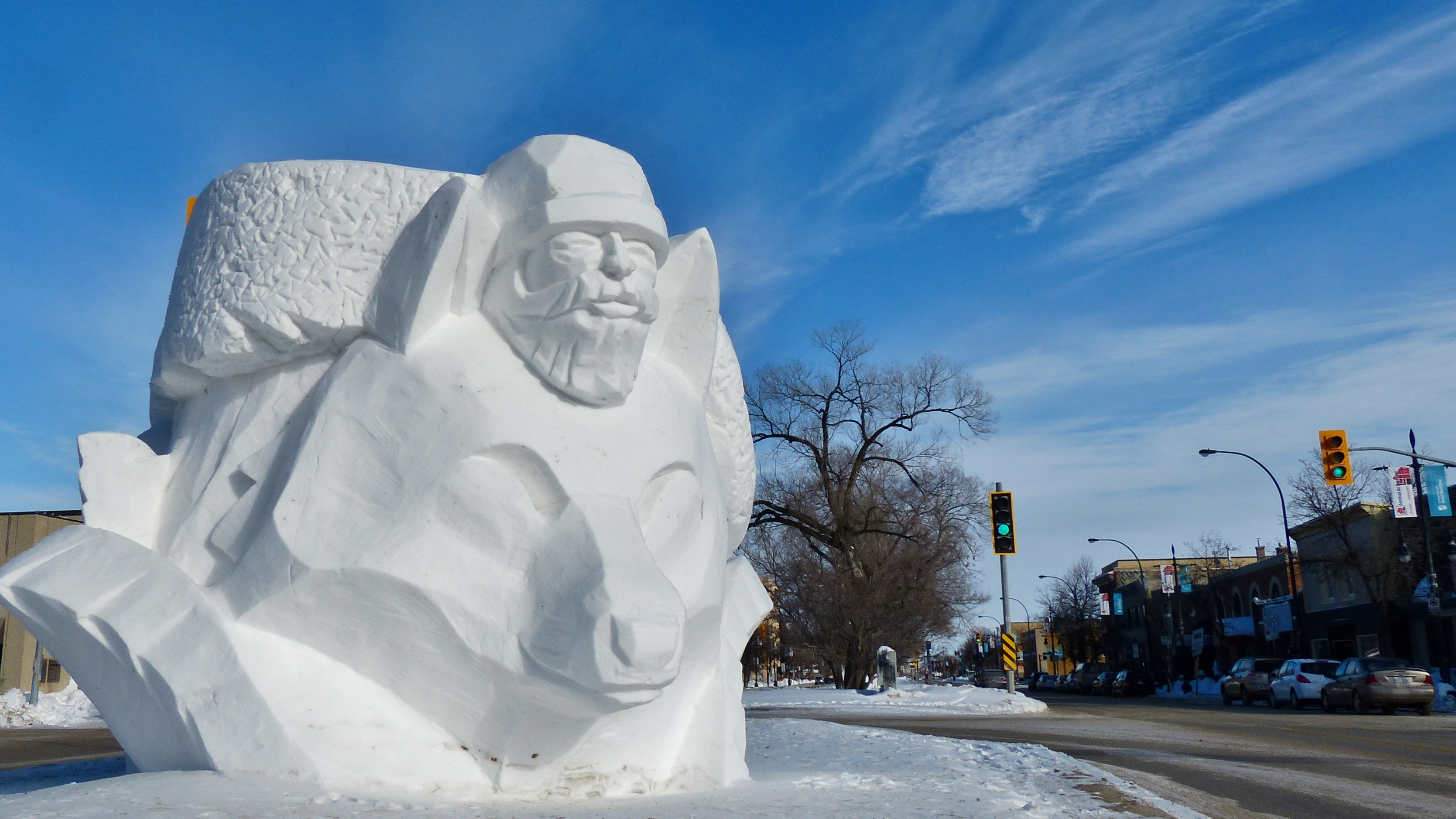Since November, 2012 the Canadian grassroots movement Idle No More has been well covered in the media, yet it still remains a mystery to many Canadians.
The Manitoban interviewed U of M students in January to find out what the student community’s views were regarding the movement. The response showed that although students were aware of the movement’s existence, many had no notion of its views or goals.
The following is a basic summary of the facts and events that make up the Idle No More movement.
The movement began in response to a bill, labelled the Jobs and Growth Act, also known as Bill C-45, that passed in December of 2012. Among various amendments, spanning from fishing rights to pensions, the bill lays a reworking of the Navigable Waters Protection Act (NWPA), originally penned in 1882.
The original purpose of the NWPA was to ensure that any structure to be created, repaired, or altered on any body of water in Canada navigable by canoe, had plans that were first presented to the federal government. In extreme cases, this meant that even minuscule adjustments, like painting lines on a bridge or installing a culvert, were subject to consultation.
In October, 2012 the Harper Government proposed the NPA (Navigation Protection Act) to replace the NWPA as a part of Bill C-45. The act limits the scope of areas where development requires consultation to 97 lakes, 62 rivers, and the oceans.
The First Nations chiefs, however, felt that discussion was needed in terms of ensuring treaty promises and they requested a meeting with the Prime Minister.
It was at this point, on Dec. 10, that Attawapiskat Chief Theresa Spence began her hunger strike to garner public sympathy and pressure Harper into meeting with the chiefs. Her strike occurred simultaneously with the movement but was not officially part of Idle No More.
Eventually, a meeting was arranged on Jan. 11 between Stephen Harper and the various chiefs to discuss policies related to, but not in actual conjunction with, those of the Idle No More movement.
Outside parliament, however, thousands of Idle No More demonstrators picketed, demanding protection for Canada’s wilderness and Aboriginal treaties in the broader sense.
NDP MP Charlie Angus described the movement’s nature to the National Post.
“It’s not ‘fix this one thing’ or ‘change that’ and everything goes back to being hunky-dory. This is about a broken relationship and how we can get back to where we need to be.”
When activists Nina Wilson, Sheelah Mclean, Sylvia McAdam, and Jessica Gordon founded the movement back in November, they decided that a major facet of their vision would be to conserve “Indigenous Ways of Knowing rooted in Indigenous Sovereignty to protect water, air, land and all creation for future generations.”
They viewed the updated NPA as an attempt by Harper to circumvent Aboriginal sovereignty and to grant companies access to Canada’s waterways without consultation.
The movement itself has taken the form of flash mob round dances in public centres, and is designed to both raise awareness and protest the actions of parliament. Since December, flash mobs have taken place throughout Canada from the West Edmonton Mall to the middle of Manitoba highways to Niagara Falls.
Fueling the movement online, social media networks such as Facebook and Twitter have been crucial in organizing the protests and spreading awareness among those who otherwise may not have heard about the movement.
The most active day for the movement’s hashtag, #IdleNoMore, on Twitter was Jan. 11, the day Harper met with the First Nations chiefs. The final tally reached an estimated 58,000 relevant tweets.
The movement saw a resurgence on Jan. 28, with Idle No More’s global day of action. Across Canada, protestors demanded that their voices be heard, and were clustered around legislatures in Manitoba and elsewhere.





I have a window banner on my car IDLE NO MORE, and two people asked me if it was about tne envrioment. this gave me a chance to point them towards the movement and both said how come it’s not being reported on.
Kick the can back to the media, how come CBC, CTV, GLOBAL, have dropped any and all coverage of Idle No More.
Except Sun News which uses Idle No More to keep their 5,000 viewers entertained for all the wrong reasons.